Flying Mammals: Gallery of Spooky Bats
Upside-Down Rooster
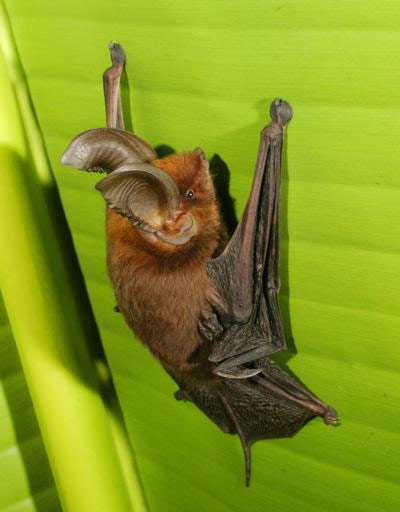
Researchers have discovered why a species of sucker-footed bat that lives in Madagascar roosts head-up. The bat uses wet adhesion rather than suction to cling to leaf surfaces. This clinging mechanism will only keep the bat secure when head-up.
Hanging Out
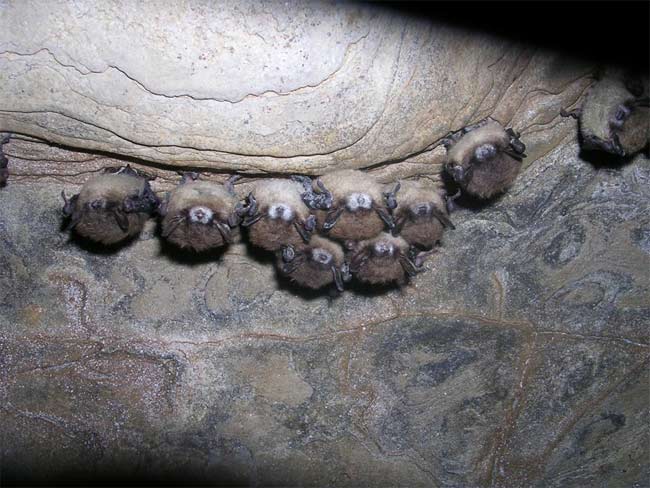
Little brown bats hang from a surface of a hibernation cave in New York. The bats' muzzles are covered with a white, powdery fungus.
Flower Sends Echo Signal to Bats
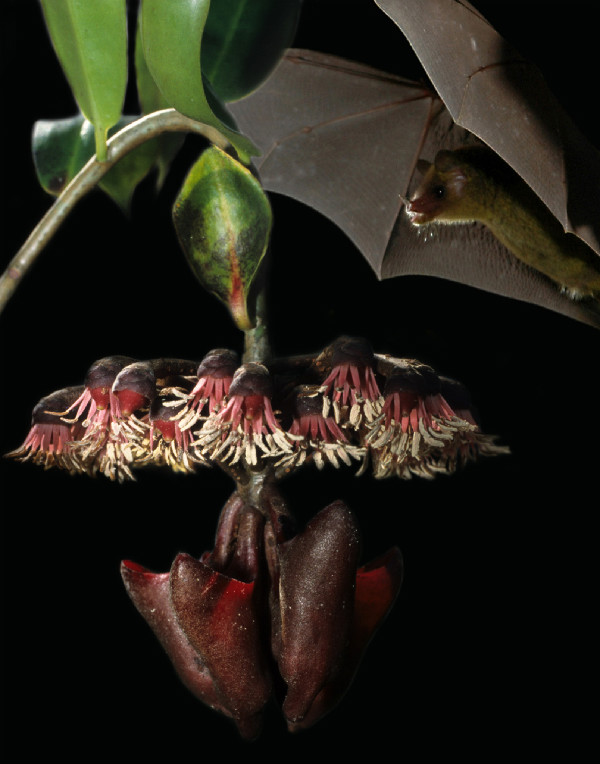
This photo montage shows the Cuban nectar feeding bat Monophyllus beside the vine that scientists discovers attracts bats by producing an "echo beacon" with a special leaf. That sonar-reflecting leaf stands upright above the ring of flowers. The cup-like structures that hold the nectar hang below.
Kinky Female Bats
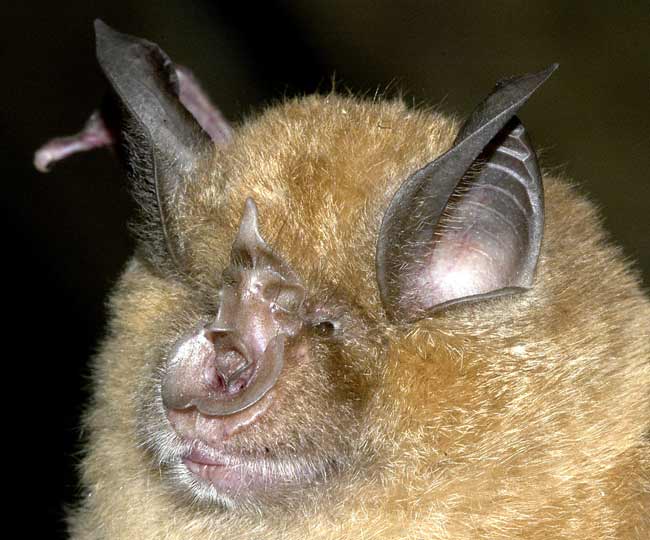
Female greater horseshoe bats share their mates with their mothers and daughters.
What a Crowd
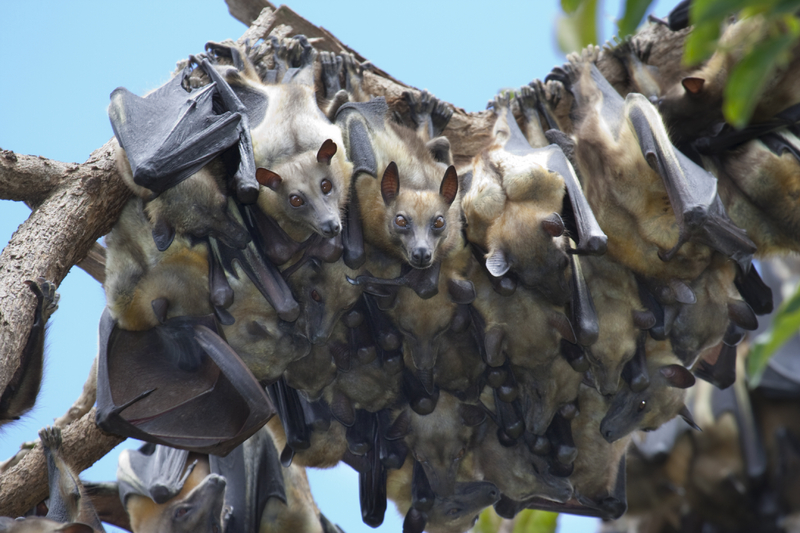
African straw-colored fruit bats.
Desmodus rotundus
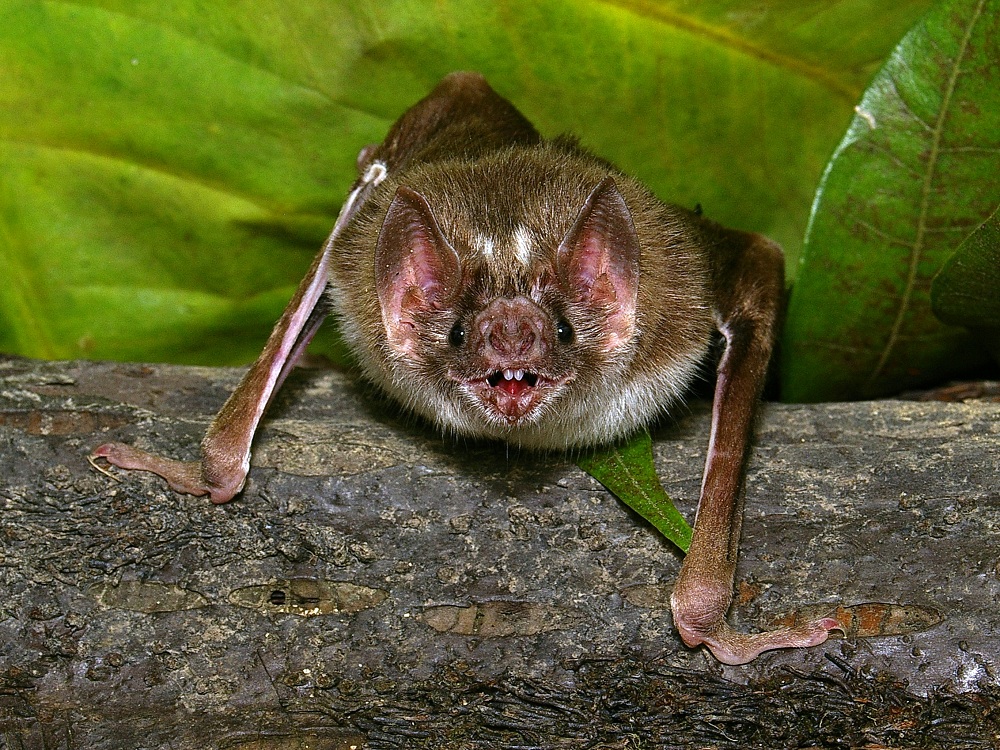
The vampire bat, Desmodus rotundus, must find a blood meal every one to two days to survive. Razor-sharp teeth and infrared-sensing 'pit organs' surrounding its nose help the bat achieve this goal.
Desmodus rotundus
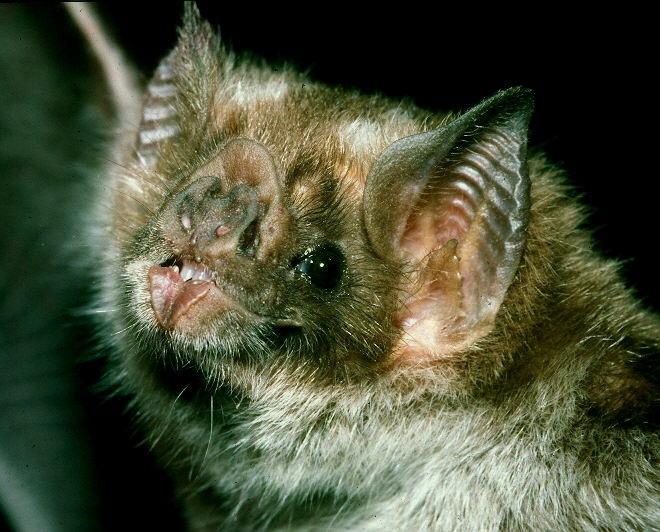
The vampire bat, Desmodus rotundus, also has special brain cells that are sensitive to the deep breathing sounds of snoozing animals.
Sign up for the Live Science daily newsletter now
Get the world’s most fascinating discoveries delivered straight to your inbox.
Thriving on Cattle Blood, Vampire Bats Proliferate
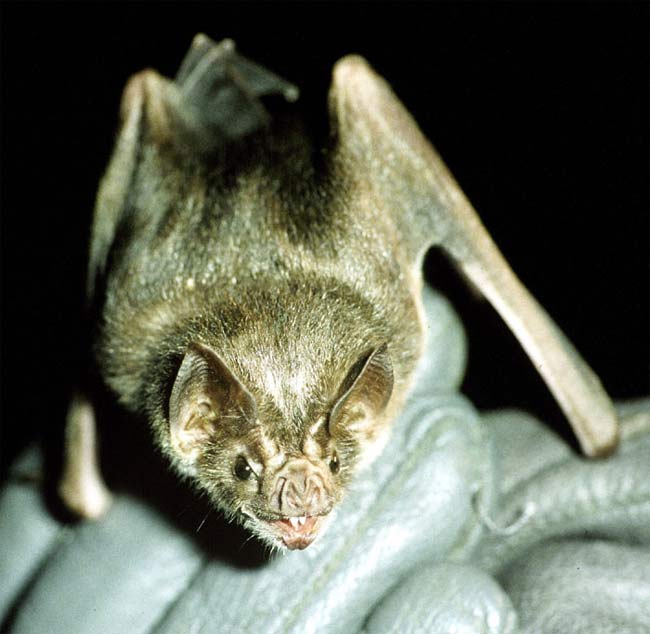
Vampire bats living in Central and South America weigh in at an ounce (30 to 40 grams).
My What Big Ears
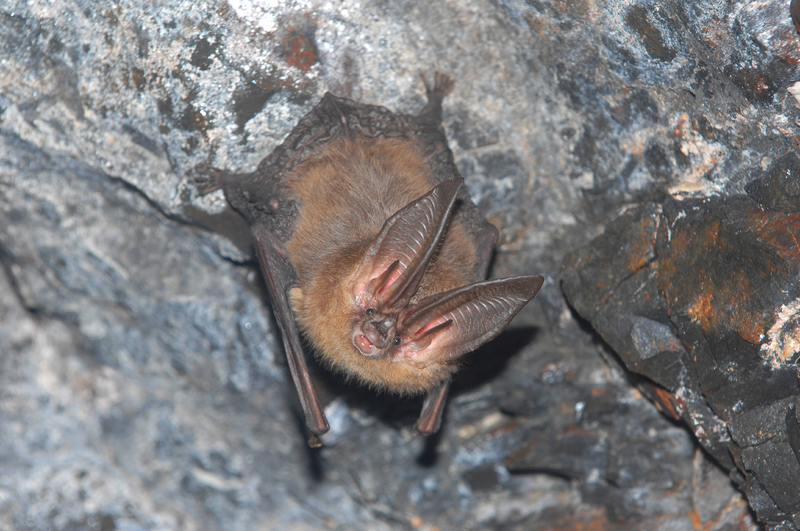
Townsends big-eared bat in cave.
Big eared townsend bat (Corynorhinus townsendii)
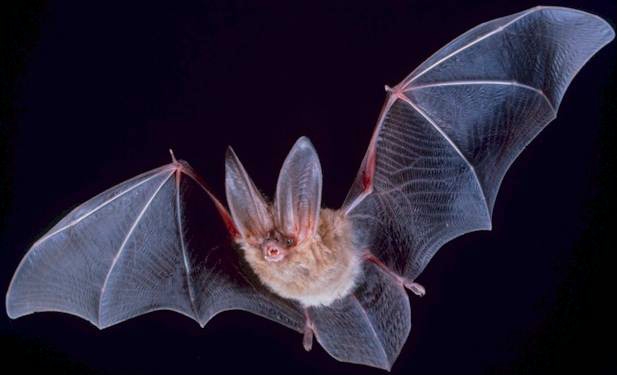
The big eared townsend bat (Corynorhinus townsendii) swooping in for the kill. This bat is a medium-sized bat with extremely long, flexible ears (hence the name) and small yet noticeable lumps on each side of the snout. diet includes small moths, flies, lacewings, dung beetles, sawflies, and other small insects and is found throughout North America.











